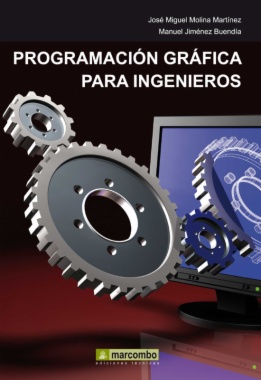
Estás filtrando por
Se encontraron 409 resultados en recursos

Compartir este contenido
Programación Gráfica para Ingenieros
Copia el enlace o compártelo en redes sociales
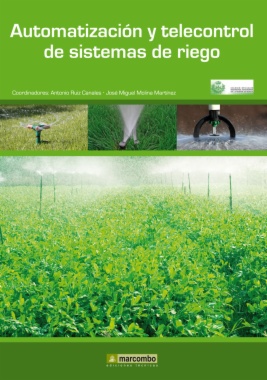
Automatización y telecontrol de sistemas de riego
Compartir este contenido
Automatización y telecontrol de sistemas de riego
Copia el enlace o compártelo en redes sociales
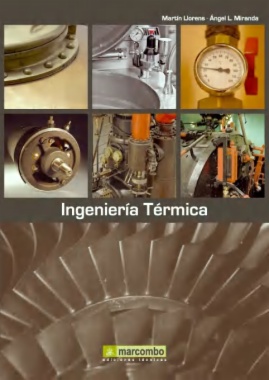
Ingeniería térmica
Compartir este contenido
Ingeniería térmica
Copia el enlace o compártelo en redes sociales
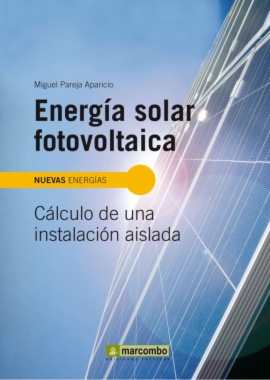
Energía solar fotovoltaica : cálculo de una instalación aislada
Compartir este contenido
Energía solar fotovoltaica : cálculo de una instalación aislada
Copia el enlace o compártelo en redes sociales
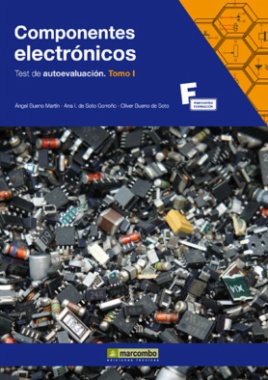
Componentes electrónicos. Test de autoevaluación. Tomo I
Compartir este contenido
Componentes electrónicos. Test de autoevaluación. Tomo I
Copia el enlace o compártelo en redes sociales
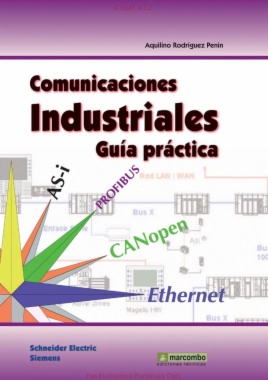
Comunicaciones industriales. Guía práctica: Sistemas de regulación y control automáticos
Compartir este contenido
Comunicaciones industriales. Guía práctica: Sistemas de regulación y control automáticos
Copia el enlace o compártelo en redes sociales
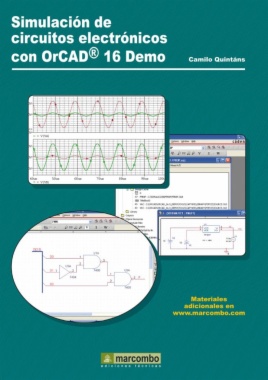
Simulación de circuitos electrónicos con Orcad 16 DEMO
Compartir este contenido
Simulación de circuitos electrónicos con Orcad 16 DEMO
Copia el enlace o compártelo en redes sociales
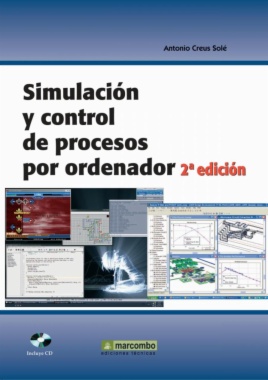
Simulación y control de procesos por ordenador
Compartir este contenido
Simulación y control de procesos por ordenador
Copia el enlace o compártelo en redes sociales
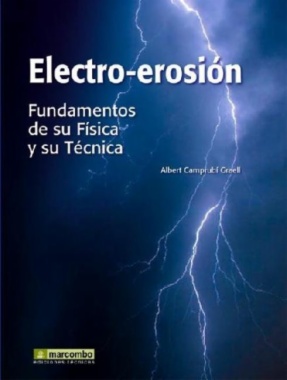
Electro-erosión : Fundamentos de su física y su técnica
Compartir este contenido
Electro-erosión : Fundamentos de su física y su técnica
Copia el enlace o compártelo en redes sociales
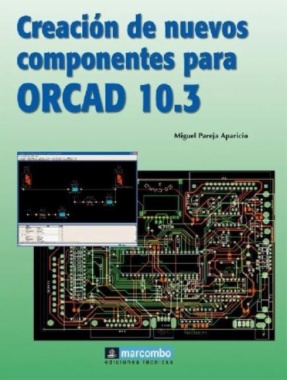
Creación de nuevos componentes para ORCAD 10.3
Compartir este contenido
Creación de nuevos componentes para ORCAD 10.3
Copia el enlace o compártelo en redes sociales
Selecciona las Colecciones en las que vas a añadir el contenido
Para consultar los contenidos añadidos busca la opción Tus colecciones en el menú principal o en Mi perfil.
